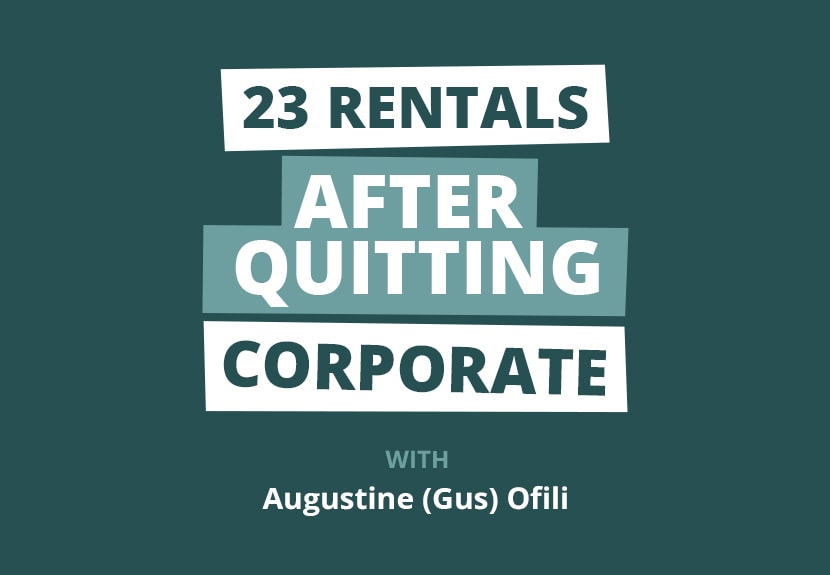Whether you’ve just begun your career as a real estate agent or are exploring new strategies to boost sales, Jessi Healey explains how a sales funnel can be a great tool and strategy to grow your business.
One year following the launch of Inman’s The Basics newsletter, our weekly dispatch of must-reads for new agents, we’ll spend the month of August digging deeper into what it takes to survive against the odds as a new agent in a tough market.
The buyer’s journey, a sales funnel, automation, marketing funnel — all of these buzzwords sound familiar but are still confusing to many agents.
Understanding and using a sales funnel can be a great tool and strategy to grow your business. Whether you’ve just begun your career as a real estate agent or are exploring new strategies to boost sales, understanding the sales funnel is critical.
If a sales funnel is unfamiliar and you’re not entirely sure of its application in real estate, don’t worry; you’re not alone. This guide will provide you with a basic overview of a sales funnel, how it’s used, and the tools you’ll need to implement one.
What is a sales funnel?
Imagine a large funnel used in cooking, broad at the top and narrow at the bottom. In the same way, a sales funnel is a model that represents the journey potential clients must take from the moment they become aware of your services to the point they make a purchase (buying or selling a property). The funnel itself symbolizes the gradual reduction in prospects at each stage, as only some will progress through each step.
The stages of a typical sales funnel include:
- Awareness: This is where potential clients first become aware of your services, either through advertisements, word of mouth or other marketing methods.
- Consideration: Once they know about you, they might want to learn more. At this stage, they visit your website, follow you on social media or sign up for your newsletter.
- Decision: After gathering sufficient information, the potential client might engage with you. They could attend an open house, request a property viewing, or ask for a market analysis of their home.
- Action: The final stage is when the client decides to buy or sell a property through you.
How is the sales funnel used in real estate?
For new real estate agents, understanding and optimizing each stage of the funnel is essential to ensure consistent sales.
- Awareness: As a new agent, it’s crucial to get your name out there. This might involve traditional methods like handing out business cards or modern methods like establishing a solid social media presence.
- Consideration: Develop valuable content to keep potential clients engaged. Regularly update your property listings, write blog posts on the local property market, or share customer testimonials.
- Decision: Facilitate accessible communication channels. Be responsive to inquiries, and offer incentives like free property valuations or consultations.
- Action: Simplify the sales process. Offer support in terms of paperwork and negotiations to ensure a smooth experience for your clients to boost referrals and repeat business.
Essential tools for a real estate sales funnel:
- Website: A professional website is a must-have. It should be easy to navigate, mobile-friendly and regularly updated with listings, blog posts and customer testimonials.
- Customer relationship management (CRM) system: A good CRM will help you keep track of leads, follow-ups and client communications, ensuring no prospect (or potential sale) falls through the cracks.
- Email marketing tools: Platforms like Mailchimp or Constant Contact can help you send out newsletters, property updates, and other relevant content to your leads.
- Social media platforms: Instagram, Facebook, LinkedIn and other social media platforms can be incredibly effective for real estate agents. Regular posts, stories, and paid advertisements can boost awareness and engagement and help lead prospects through your funnel from awareness to consideration.
- Analytics tools: Google Analytics or similar platforms will help you understand where your traffic is coming from and which strategies are the most effective.
A sales funnel doesn’t require everything mentioned above but will require some version of most of them. The best sales funnel is the one you can effectively manage and stay on top of. There’s always room to grow and add more tools to your funnel later. What’s important is that you have a tool for each step of your funnel or a way to use the same tool for more than one step in the funnel.
For example, many social media platforms can help you with awareness and consideration stages. They can also double as an analytics tool if you are using the platform to its fullest extent. It’s all about what you’re comfortable with and what works for you.
While using a sales funnel might sound intricate, it’s really about understanding and catering to the client’s journey from awareness to sale. As a new real estate agent, utilizing this model and the associated tools can help streamline your efforts, ensuring you spend time and resources most effectively and ultimately close more sales.
Jessi Healey is a freelance writer and social media manager specializing in real estate. Find her on Instagram, LinkedIn, or Threads.
















